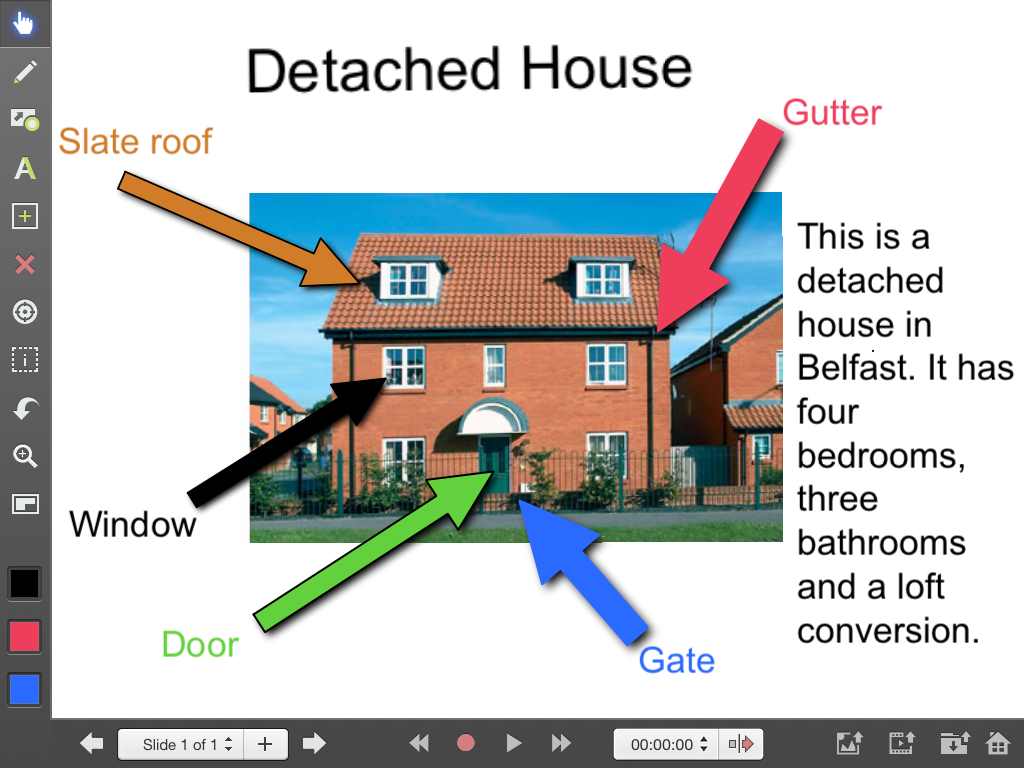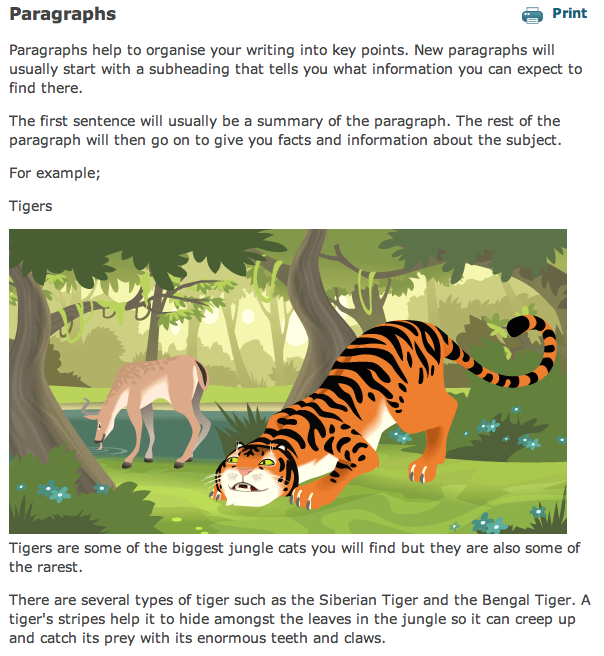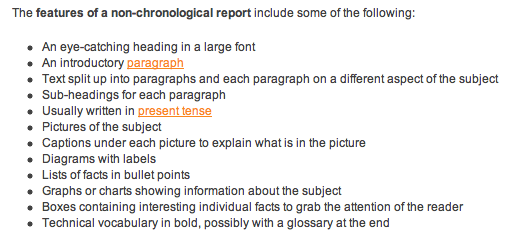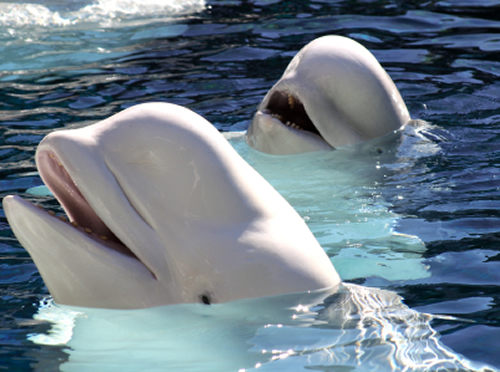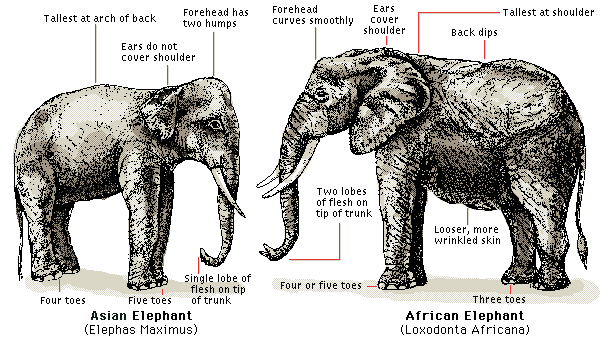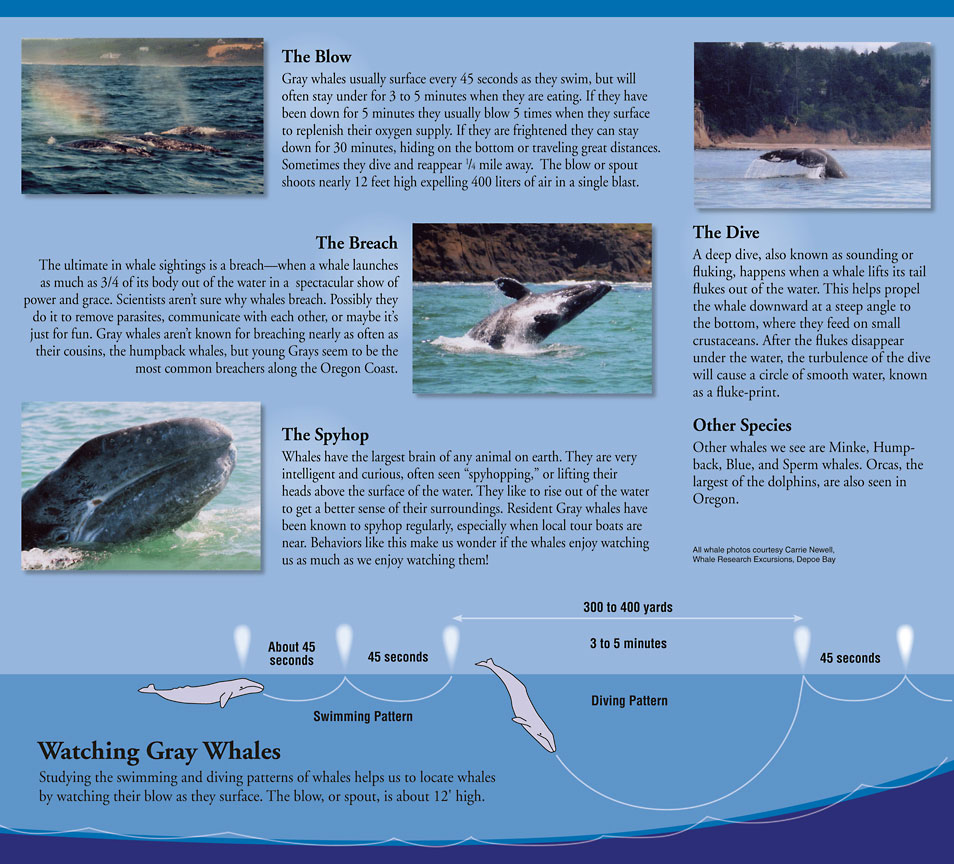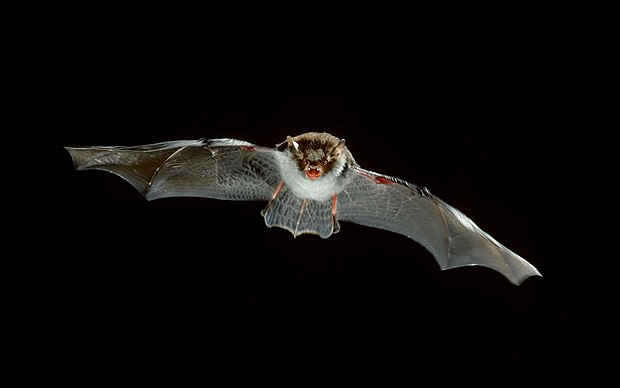Non-Chronological Reports
Explain Everything
You could use this app for creating a non-chronological report linked to your topic.
To see the lesson plan click here.
Comic Life and Non Chronological Reports
This lesson is designed to inspire your children to write non-chronological reports and organise it using a comic theme.
To view the full lesson plan click here.
Reports Video Clip
This video report is a great introduction to your non-chronological reports. It explores three different aspects of Madrid and gives different facts about each just like in a written report.
Features and Examples
Explore many of the features of non-chronological reports in more detail and with many examples to help your children grasp the key points more effectively.
Report Features
This resource explores some of the main features of a non-chronological report. If you give an example of a non-chronological report to your children, they can look for some of these features.
Whales
Whales journey throughout all of the world’s oceans, communicating with complex and mysterious sounds. Their sheer size amazes us: the blue whale can reach lengths of more than 100 feet and weigh up to 200 tons—as much as 33 elephants.
Despite living in the water, whales breathe air. And like humans, they are warm-blooded mammals who nurse their young. A thick layer of fat called blubber insulates them from cold ocean waters.
Some whales are known as baleen whales. These include blue, right, bowhead, sei and gray whales. This refers to the fact that they have special bristle-like structures in their mouths (called baleen) that strains food from the water. Other whales, such as beluga or sperm whales, have teeth.
A great opportunity for your KS1 children to learn about non-chronological reports and whales. There are two types of whales (baleen and toothed), but there are many different species of whales for your children to learn about and research.
The children love learning about whales and it captivates both boys and girls. To download the Powerpoint Click Here. To download the whale fact sheets Click Here. To listen to whale calls Click Here. To learn more about whales from the WWF Click Here.
Elephants
It is estimated that there were once more than 350 species of elephants in the world. Today we only have two of them left – the Asian and the Africa species.
These videos, images and text resources explore the difference between Asian and African elephants and are suitable for non-chronological reports for your Ks1 class.
Whale Behaviours
This resource is an example of a non-chronological report about the behaviours of the grey whale. It includes information on the following: the blow, the breach, the spyhop and the dive.
Bats
In the United Kingdom we are lucky enough to have 18 species of bat. Bats are a great topic to base a non-chronological report on as it gives the children the freedom to research a few different species of bat and find out facts.
You could also allow the children to choose one of the species and write a more in-depth report. To have a look at an example of a vampire bat non-chronological report Click Here. To download fact sheets for the 18 species of bats Click Here.

